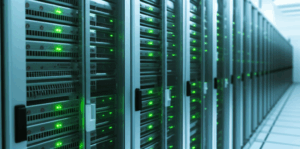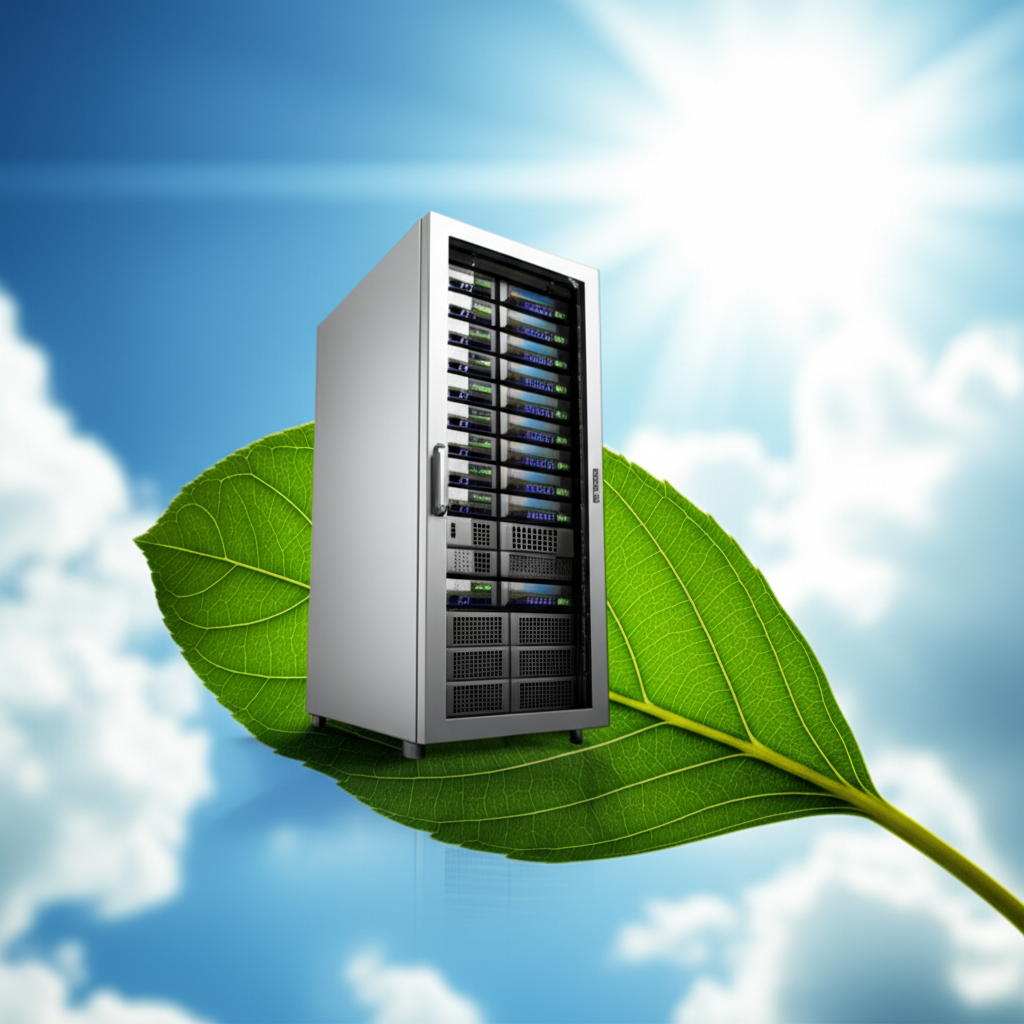- What is Eco-Friendly Hosting and Why Does it Matter?
- Eco-Friendly Hosting: Exploring Sustainable Practices
- Is Eco-Friendly Hosting Truly the Best Sustainable Choice?
- The Future of Eco-Friendly Hosting: Innovation and Growth
Eco-Friendly Hosting: Best Sustainable Choice?
Eco-friendly hosting is becoming increasingly popular as businesses and individuals seek ways to reduce their environmental impact. But is it truly the best sustainable choice and what does it actually entail? This approach to web hosting prioritizes minimizing the environmental footprint of servers and data centers. This involves utilizing renewable energy sources, adopting energy-efficient hardware, and implementing sustainable practices in data center operations. But beyond the buzzwords, understanding the nuances of green hosting is crucial to making informed decisions.
What is Eco-Friendly Hosting and Why Does it Matter?

Traditional data centers consume vast amounts of energy, contributing significantly to carbon emissions. The servers require constant cooling and power, placing a heavy burden on the power grid, often reliant on fossil fuels. Eco-friendly hosting aims to mitigate this impact by prioritizing renewable energy and energy efficiency.
This shift towards sustainable hosting is driven by several factors. Growing awareness of climate change has led to increased demand for environmentally responsible services. Businesses recognize the value of aligning with sustainable practices, enhancing their brand image and attracting environmentally conscious customers. Furthermore, advancements in technology have made renewable energy sources more accessible and cost-effective, paving the way for a greener digital landscape.
Eco-Friendly Hosting: Exploring Sustainable Practices
Several key practices define eco-friendly hosting providers:
Renewable Energy Sources: A core principle is the use of renewable energy, like solar, wind, hydro, or geothermal power, to offset the energy consumption of data centers. Some providers invest in renewable energy certificates (RECs) to offset their carbon footprint.
Energy-Efficient Hardware: Utilizing energy-efficient servers and cooling systems plays a vital role in reducing energy consumption. This includes employing technologies like virtualization and server consolidation to maximize resource utilization.
Sustainable Data Center Design: Green data centers are designed with sustainability in mind, incorporating features like optimized airflow management, free air cooling, and rainwater harvesting for cooling purposes. Location also plays a role, with some providers choosing locations with cooler climates to reduce cooling needs.
Carbon Offsetting Programs: Some hosting providers invest in carbon offsetting projects, such as tree planting or supporting renewable energy initiatives, to compensate for their remaining carbon emissions. Though offsetting is helpful, it is arguably less impactful than directly reducing emissions.
Transparency and Certification: Reputable eco-friendly hosting providers are transparent about their sustainable practices and often seek third-party certifications to validate their claims. Look for certifications like Green-e, ISO 14001, and the CarbonNeutral® certification.
Is Eco-Friendly Hosting Truly the Best Sustainable Choice?
While eco-friendly hosting is a significant step towards a greener digital world, it’s important to recognize that no solution is perfectly sustainable. Even with renewable energy sources, manufacturing and transporting hardware components have environmental impacts. Therefore, considering the entire lifecycle of the technology is essential.
Beyond choosing a green web host, individuals and businesses can contribute to sustainability through other practices:
Optimizing Website Design: A well-optimized website consumes fewer resources. Minimizing large files, optimizing images, and using efficient coding practices can reduce server load and energy consumption.
Reducing Data Consumption: Encouraging users to stream videos at lower resolutions, optimizing email attachments, and minimizing unnecessary data transfers can further reduce the environmental footprint.
Choosing Responsible Web Developers: Partnering with web developers committed to sustainable practices can ensure websites are built with efficiency and environmental responsibility in mind.
The Future of Eco-Friendly Hosting: Innovation and Growth
The eco-friendly hosting landscape is constantly evolving. Advancements in technology, like more efficient hardware and innovative cooling solutions, are continuously improving sustainability. Increased awareness and consumer demand are also driving innovation in the industry. We can expect to see further growth in the adoption of renewable energy sources, further advancements in energy-efficient technologies, and more robust transparency and certification standards.
Eco-friendly hosting is not just a trend; it’s a necessary evolution in the digital age. By understanding the principles of sustainable web hosting and making conscious choices, individuals and businesses can contribute to a greener future for the online world. While it’s not a perfect solution, it is undoubtedly a step in the right direction and arguably the best sustainable option currently available. By combining conscious hosting choices with responsible website development and data management practices, we can make significant strides toward a truly sustainable digital ecosystem.











Leave a Reply